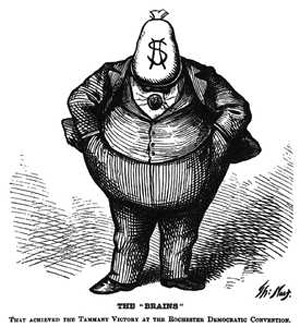
NOV 25 - DEC 03, 2014
| The Rest of the Story: City Hall Response to Cartoon Is No Laughing - But a First Amendment - Matter |
| Skrlin Points to Falwell Case Against Flynt as Proof He Can Legally Make Unpopular Cartoons |
| Is Skrlin a Misunderstood Genius? Or What? |
| Serious Nature of Political Cartooning is a Laughing Matter |
| Dyster Missing in Action as Snow Blasts Region And Acting Mayor Grandinetti Gets Feelings Hurt |
| Cynical Ploy Links Jayne Park Work to Beloved City Resident |
| Crogan Takes Plea Deal - A Single Misdemeanor |
| Lockport Mayor Optimistic Despite Challenges City Faces |
| Downtown Hotel Construction in Excess of USA Niagara Study Recommendation Incentive Have “Retire-Rehire” Agenda? |
| Grandinetti Extends Congrats to Slaughter in Crudely Worded Statement |
| Governor Cuomo Seeks to Control the Weather |
| Is Obama a Muslim? DiLaura Thinks So.... |
| Cosmopolitan Obama Not a Muslim, Although He Respects Islam |
| Three Sisters ‘Improvement’ a Disaster, People Reduced to Walking on Slippery Pavers, Excluded from Nature! |
| To City Council Members 'Vote No On Tax Increase' |
| Letters to the Editor |
| Carl Filbert Performs at Topper Restaurant Christmas Party |
| Wanted: New York Lottery Player Holding Unclaimed Ticket, $1,000,000 Ticket in Danger of Expiring |
| Seven Deadly Shortcomings in Dyster’s Budget |
| Bills Look Good Against Bankrupt Jets |

